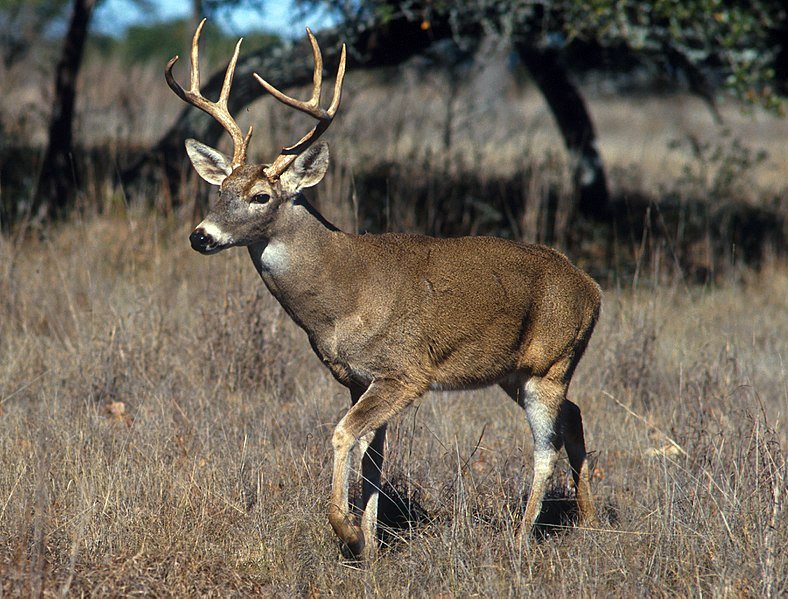Autoroute 50 north of Laval is one of more than a half-dozen major highways that the provincial transport ministry is monitoring closely following an especially mild winter and early spring, causing deer, bears, moose and other wildlife to awaken early and stir about prematurely.

The ministry says it has taken precautions along some highway stretches, including warning signs and special fencing to prevent deer and moose from crossing, although the risks of colliding with large animals remains high and drivers should be especially vigilant.
A list of the provincial autoroutes and highways that are considered especially risky includes the A-55 (which crosses from Shawinigan north of the St. Lawrence River downward through the Eastern Townships to the border with Vermont), the A-20 near Rimouski, and the A-73 which leads from the Quebec City-area southward into the Beauce region.
According to Transports Québec, the riskiest times of day for collisions with animals are at dawn and at dusk.
Should you spot deer or moose lingering on the edge of the highway, it’s best to slow down and exercise extra caution as they are known to suddenly dart across roadways and are generally unpredictable.
The ministry also advises drivers to brake repeatedly rather than steer suddenly to avoid a collision, as there is a higher risk of a more serious accident occurring in the latter case.
From 2020 to 2022, according to the transport ministry, there were an average 6,951 road accidents involving large species of wildlife – mostly deer, but also moose and black bear.



